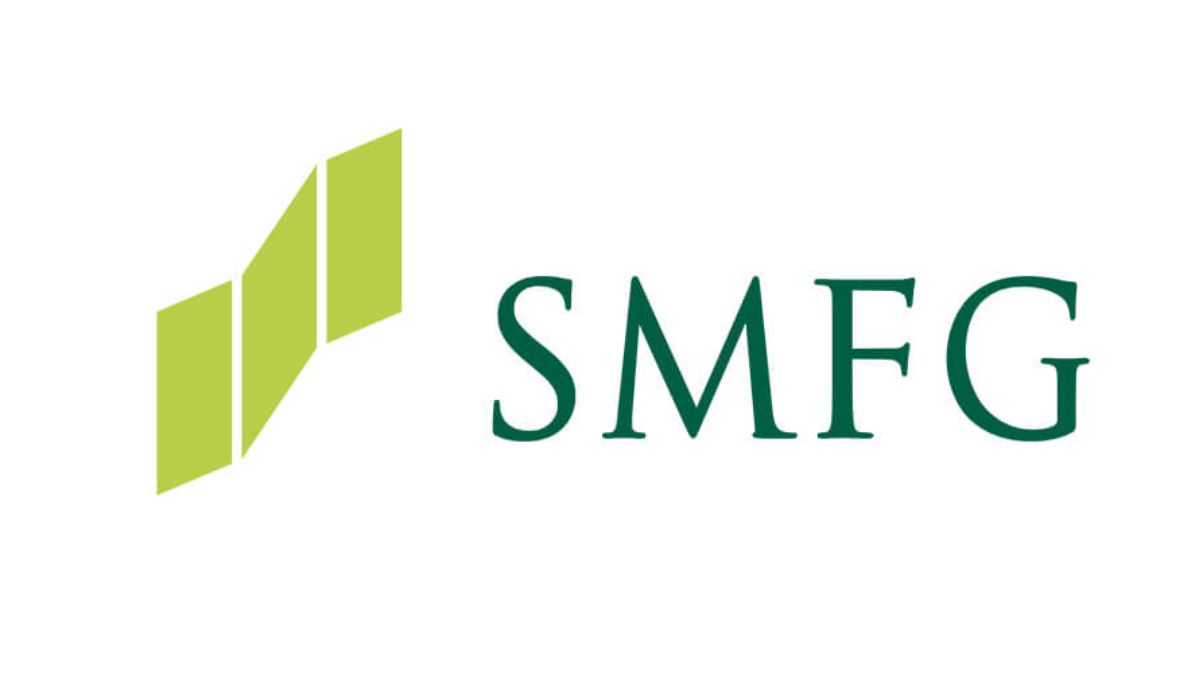 Image Credits - companieshistory
Image Credits - companieshistory
Amid the recent turbulence in Japanese stocks, Sumitomo Mitsui Financial Group (SMFG), one of Japan’s largest banks, presents an intriguing investment opportunity. Japanese banks, including SMFG, have been some of the hardest-hit stocks during the significant market downturn, with the Topix Banks Index dropping by 9% this month. SMFG shares alone have fallen by 7%, reflecting the broader decline in Japan’s financial sector. This selloff was triggered by a surprise rate increase and hawkish messaging from the Bank of Japan (BOJ), a move that, in theory, should benefit banks by allowing them to generate higher yields on loans and investments.
However, the situation was complicated by weak U.S. jobs data, which led to the unwinding of carry trades—where investors borrow in Japanese yen at near-zero interest rates to invest in other assets. This unwinding caused many popular trades, including those on Japanese banks, to unravel, exacerbating the decline in bank stocks.
Despite the market’s temporary stabilization, Japanese bank stocks, including SMFG, continue to trade lower than before the turmoil. There are several fundamental reasons for this, but they do not significantly undermine the investment thesis for SMFG. The market upheaval might delay the pace of rate increases in Japan, but a gradual tightening is still likely, particularly with Japan’s wages showing signs of growth.
SMFG has indicated that the rate increases in March and July would boost its net interest income by approximately 70 billion yen (around $475 million) for the fiscal year ending in March. Each 0.1 percentage-point rise in interest rates across the yield curve could further raise its net interest income by about 40 billion yen. Megabanks like SMFG, with broader deposit bases, stand to benefit significantly from these changes.
Another factor affecting Japanese banks, including SMFG, is the potential need to sell cross-shareholdings in other companies at lower prices due to market conditions. SMFG has been actively reducing its equity holdings, which currently amount to nearly one trillion yen, approximately 30% of its net assets. The bank aims to reduce this ratio to below 20% and plans to announce a new strategy in its next earnings report in November.
SMFG’s return on equity has seen a notable increase, climbing from 5.4% to 9.2% over the past three fiscal years, primarily fueled by profit growth. Its net income has surged by 88% during this period, outpacing some of its peers like Mizuho Financial. Despite its recent gains, SMFG is valued slightly lower than its competitor Mitsubishi UFJ Financial in terms of price to tangible book value, presenting a potential upside for investors.
Following the recent pullback, SMFG’s 3.2% dividend yield provides a cushion against further downside. The bank has been returning capital to shareholders through dividends and buybacks, a trend that could continue if it persists in trimming its equity holdings. With the stock now trading at 0.96 times tangible book value, down from 1.08 times last month, improved returns from higher interest rates and a more streamlined balance sheet could enhance its valuation once more. While Japanese banks may be temporarily out of favour with investors, megabanks like SMFG could emerge as strong performers once the market stabilizes.
